Home gardening is therapeutic. Due to rising urbanization in India, many city dwellers are now coming forward to grow their flowers and produce. As a result, home gardening has become popular in many metropolitan cities and other major cities. Karnataka is home to many major cities, including Bengaluru, Shivamogga, Mangaluru, Kalaburagi, Chikkamagaluru, Hubballi, Chitradurga, Vijayapura, Tumakuru, Ballari, Davanagere, Belagavi, Hosapete, Udupi, Kolar district, Bidar, Gadag-Betageri, Hassan, Raichur, Robertsonpet, Gadag District, Kolar, Dharwad, Mandya, Bhadravathi, Bagalkot, Mysuru, Gulbarga, Uttara Kannada, Chikkaballapur, Gangavathi, Ranebennuru, Gokak, Doddaballapura, and Ramanagara.
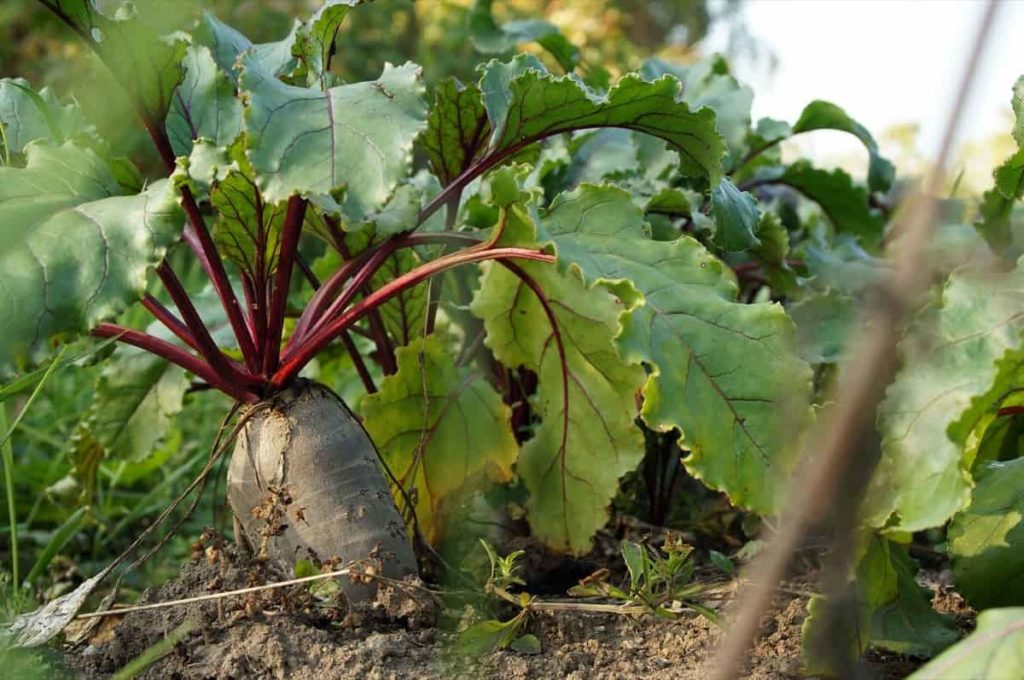
Many people in such cities want to make their homes aesthetically pleasing; this is where home gardens come into the picture. If you have a yard, backyard gardening offers several benefits. Also, if you reside in apartments or any confined spaces, you can start balcony gardening or terrace gardening, by which you can make the most out of your space.
Below we learn about terrace garden setup cost estimations, terrace garden costs in Bangalore and other cities in Karnataka, balcony gardens set up in Karnataka, backyard gardens set up in Karnataka, different fruits, vegetables, herbs, and flowers for home gardens in Karnataka and a complete guide on how to grow a garden, indoors, outdoors/backyard, balcony, and terrace.
Home Gardening in Karnataka
Decide what type of garden you want: Backyard garden/ outdoor garden
Choosing the right location
Choose a well-lit, shaded location if possible. Most plants, especially fruit-bearing ones, need 6 to 8 hours of sunlight daily to grow in Karnataka. The foliage and the root crops can withstand some shade. Due to the roots of trees and large bushes, it is not a good idea to grow gardens under or near them. Plants do not thrive in the narrow, shaded space between buildings and walls. Loose, fertile, level, and well-drained soil is good.
If at all possible, avoid heavy clays and sandy soils. When weeds are discovered, they must be dug and eradicated. Alkali salt crusts should be avoided at all costs. Synthetic soil may be utilized in raised beds or containers if sufficient soil is unavailable. When space is at a premium, container gardening is an excellent option. Watering needs access to a steady supply of water. Microclimates may be found throughout the site depending on your elevation, so choose the regions of your property most suited to warm or cold vegetation.
Soil preparation for backyard garden
Good soil is essential whether you’re a beginner or a seasoned gardener. Maintaining proper soil can help your garden produce better results. After determining the quality of your soil, the following stage is to assess the soil’s texture and kind. Manure is a more excellent soil builder than compost. Soil quality may be gradually improved by adding organic manure into the mix.
The humus and water-holding capacity of the soil may be enhanced by applying organic manure. As a result, plants get the essential macronutrients (NPK). Cow dung manure is the country’s most readily available organic fertilizer. Use well-rotted manure in place of fresh animal waste. Rich in texture, dark, moist, and consistent organic manure with no offensive odor. Leguminous ‘green manures,’ such as clover, can be added to regular manure to make it nitrogen-rich.
Composting your garden soil is something you may want to try. Composting is a generic word for the recycling of almost all organic wastes. Soil humus is created by composting organic waste and stabilizing nutrients soluble in water. Water retention and disease prevention can be achieved by applying one-quarter inch of slow-release nutrients each season. Using worms for composting is a well-known method. Efficiently using earthworms and other organisms can transform manure, food waste, and green crop residue into forms plants can use.
Cover crops promote soil structure and fertility. Soil microorganisms and food crop plants benefit from newly uprooted cover crops because they have immediate access to nutrients. Water and oxygen can enter the soil through the holes made by the decaying roots of cover crops. Cover crops such as clovers, legumes, and peas help transform nitrogen from the atmosphere into forms that crops may use in their growth.
Organic mulch should be applied to the soil. Moisture is retained, and temperature extremes are reduced thanks to the mulch on top of the soil. Good living things like bacteria and earthworms can “nibble” on mulch, and their feces will be gradually integrated into the top layer of soil. Because they decay more slowly in the soil food web, high-carbon mulches are better at suppressing weeds. Mulch again throughout the growing season.
In case you missed it: How to Prepare the Soil for Cabbage Plants: Best Soil Mix, pH, and Compost
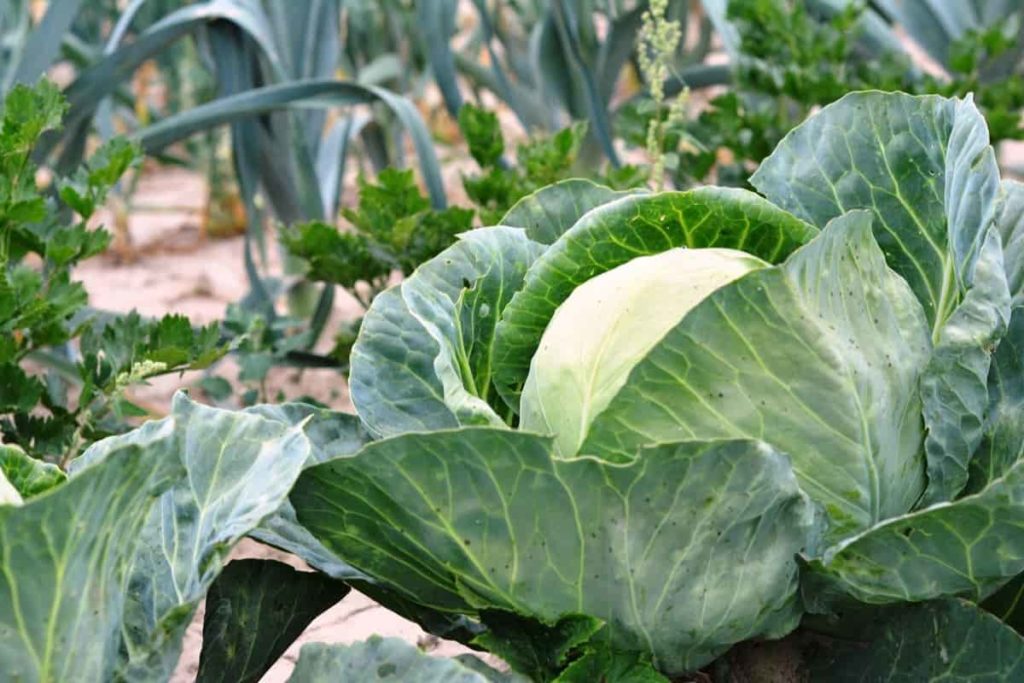
Water your backyard garden
Make sure to water your plants first thing in the morning. Outside plants should be soaked in the morning when soil temperatures are cooler, and water evaporates less quickly. As long as the soil is well-watered, plants can withstand the heat of a summer day. During the warmest months of the year, excessive watering may harm plants. Surface irrigation discourages deep root development.
Water less often but more thoroughly instead. Using this strategy, even though the soil seems dry on the surface, the roots are stimulated to search for any residual water deep inside the soil. One inch of water per week is the standard advice for watering your plants. Do not use surface water to water your plants. The roots of your plants can be fully hydrated by simply watering them from the bottom up. For your personal use in the backyard, Use a soaker hose to gently and fully moisten the soil in your backyard garden for healthy growth if you have one.
Soil that is too dry might harm garden plants. On the other hand, the roots will suffer if they are buried for a lengthy period without obtaining adequate oxygen. They hate “wet feet.” A quick check to ensure you haven’t overwatered is essential on a hot, windy day since the soil under the surface may be difficult to see. To check the depth of the soil, all you need is a wooden dowel and some gardening experience. Neither wet nor dry dirt will come off the dowel cleanly.
When it’s hot and dry outside, most garden plants, flowers, and shrubs need at least an inch of water a week. You shouldn’t rely only on rain as a water supply for your plants since this isn’t always the case. A rain gauge helps you track weekly rainfall in your region. If it doesn’t rain much, water your plants.
If you’re unfamiliar with houseplants, you’re more likely to overwater them than you should. However, this increases the risk of fungal infection and deterioration of the roots. If you see withered leaves, sagging stems, or a white covering (fungus), you’ve overwatered your plants. Houseplants that do not get enough water have brown and crispy edges on their leaves; when the plant dries out, the bottom leaves and other sections become crispy.
Fertilize your backyard garden
Marketing and sales of gardening fertilizers take into account the product’s quality. These percentages represent the amounts of nitrogen, phosphorus, and potash present. P2O5 is available to plants in quantities of 6 pounds, while potash, in the form of soluble potash, is included in quantities of 12 pounds in a 100-pound bag known as 6-12-12. (K2O). The remaining 70 pounds comprises various nutrients, fillers, and conditioners.
Instead of using only one fertilizer grade for each vegetable, choose one of the following: 10-10-10, 6-12-12, or 5-10-15 are all examples of 10-10-10. In most cases, these three classes are sufficient for growing garden crops. It’s better to use a general fertilizer grade than a specific grade for each product in your garden. With these three classes, the majority of garden crops will thrive.
There are many ways to apply fertilizer: It’s possible to apply one-third to one-half of the fertilizer in 3-inch bands while you’re planting your seeds, or you can apply the fertilizer in three-inch bands before you plant your seeds and work the remaining fertilizer in before you plant them. Some fertilizer can be used to assist the plants in getting off to a good start. Too much fertilizer can be damaging to seedlings and young plants.
Short rows and tiny plots make it easy to overfeed if you do not weigh or measure the amount of fertilizer applied to each row. A commercial fertilizer pint is about one pound in weight. Adding fertilizer to the soil close to your plants and applying a side-dressing throughout the growing season are two options. Correct side dressings must be used to prevent fertilizer from burning the roots of other plant components.
Drill veggies in a shallow trench about 4 to 5 inches from the plants, and you’ll be ready for a side-dressing operation. The next stage is to cover the fertilizer by dragging an inch or so of dirt into the hole after distributing it along the furrow’s length—the normal quantity required is between 200 and 300 pounds per acre.
In case you missed it: Best Season to Grow Bell Pepper/Capsicum at Home in India: in Pots, Terrace, Apartment Balcony, and Backyards
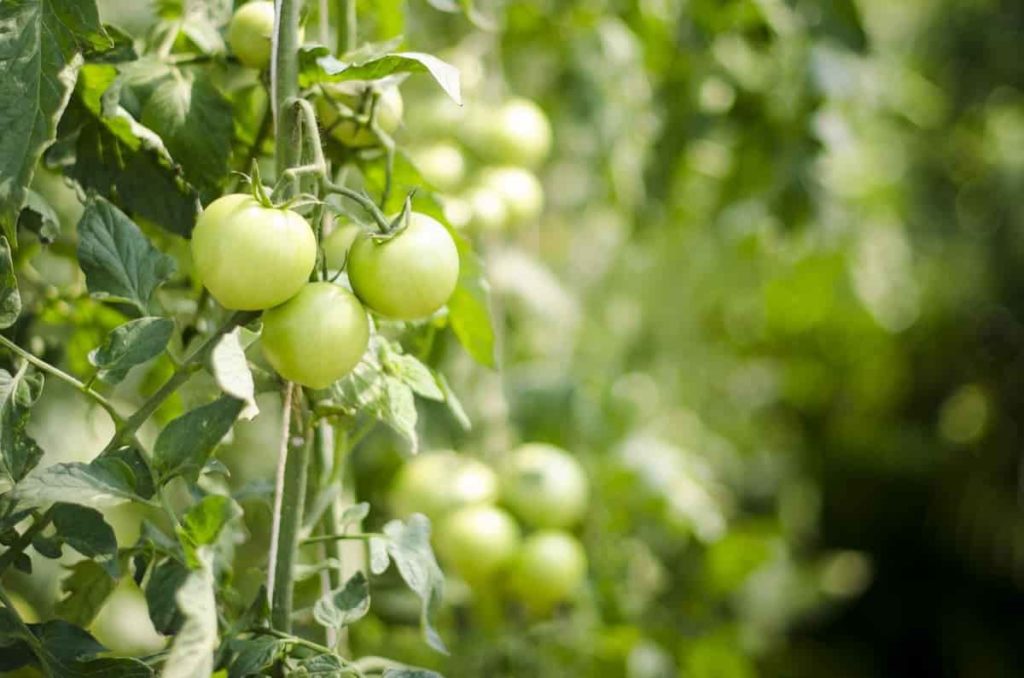
Balcony gardening/indoor gardening
Choose the right containers for your balcony garden
To maintain a healthy and happy garden, proper drainage is a need. Drain holes are a need for every container you pick, or you must make your own. Make sure your pots are placed on trays or use self-watering containers if this is a problem. Self-watering pots are an excellent choice for container gardening if you reside in an area with low humidity. Plants can be watered less often thanks to the water reservoir built into the bottom of this sort of container. Wicking via the soil or the roots of the plant brings the water up to the plant.
You may also buy boxes designed to sit directly on the railing of your balcony; however, you should be aware that these might be hazardous if you live in an area that experiences a lot of wind. Decorative terra-cotta pots are popular. Terra cotta pots, on the other hand, may dry up fast in locations with little humidity. Balcony veggies can be grown in cloth or felt bags of many shapes and sizes because they allow for adequate drainage and air circulation in the soil, promoting healthy roots and encouraging plant growth.
When it comes to cost-effectiveness, plastic containers are the best option. Plastic containers like Tupperware bins and storage totes can be used as potting containers by certain gardeners. A good rule of thumb if you experiment with various plastic containers, is to ensure they’re food-safe.
Choose the right potting mix for your containers
Whether planting a container garden or a regular vegetable plot, the soil you choose may be the most critical component. Potted plants require a special bed. Container plants require different soil than ground plants. For healthy potted plants, use “potting mix.” Additionally, the perlite or vermiculite in potting mix aids the roots of your vegetable plants in obtaining the air and drainage they need.
The presence of fertilizer or some other kind of plant food, which is essential for the development of plants, is often already present in the soil sold for use in containers (especially vegetables). Compost and other organic resources, as well as slow-release fertilizer pellets, may be used.
Fertilizing your balcony garden
You may not have to bother adding fertilizer for at least a few months since many potting mixes already include plant nourishment. However, a little amount of plant food will help plants that haven’t been thriving as well as they once did, especially if you reuse your potting soil next year.
Once a month, dilute water-soluble fertilizer and put it in your watering can to provide nutrients to your plants. Following label recommendations and not overdoing it is essential when fertilizing plants in containers. Fertilizing plants half as frequently as advised by the manufacturer works effectively for some gardeners.
Watering your balcony garden
Soil moisture levels should be maintained consistently rather than allowing pots to dry out and then soak them. Many issues, such as cracked tomatoes, shriveled squash, or blossom end rot on pepper plants, can be caused by drastic variations in soil moisture. Lettuce and herbs might also become bitter or bolt due to water stress. Many balcony gardeners, of course, prefer to water their plants with an essential watering can.
Many individuals are willing to put in the time and effort to make the most of their garden time! However, your plants will probably need to be watered daily unless you use self-watering pots. Compared to a traditional garden or raised beds, the earth in pots dries up more rapidly. Drip watering systems can save time and water by using a hose spigot on your balcony. Different dripper heads enable you to control the amount of water each plant receives.
In case you missed it: 21 Common Eggplant Problems: How to Fix Them, Solutions, and Treatment
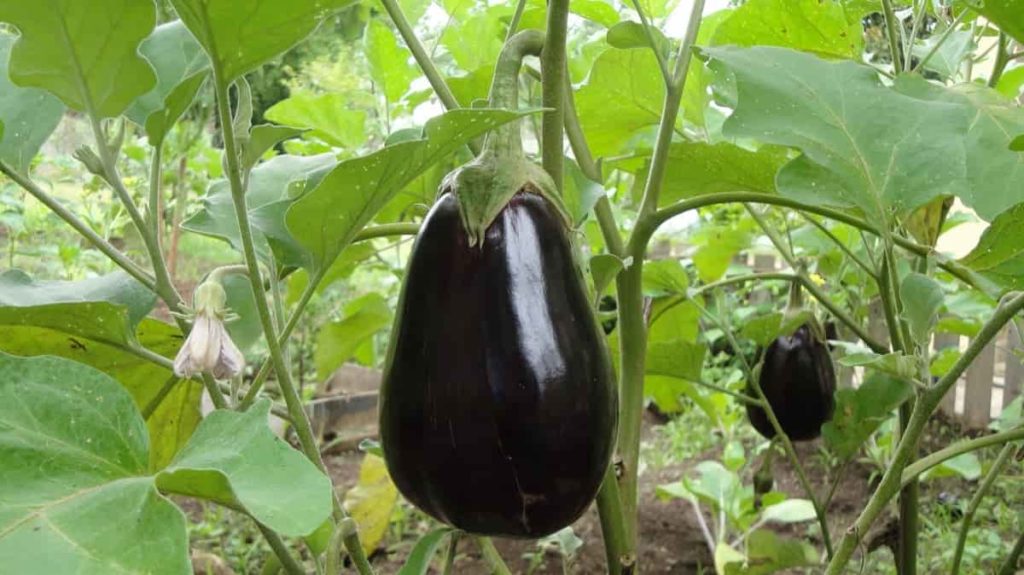
Terrace gardening
Load on the terrace
Check whether the load’s weight is too much for the roof to bear. To achieve excellent outcomes, engage a knowledgeable professional. There is already considerable weight on the soil and containers, which will grow as the plants grow. If you’ve ever tried to carry a pot full of wet soil, you presumably already know how much extra weight water can contribute to anything else.
Sunlight
How much of your terrace is shaded by the buildings near it and the rooftop terrace? When plants are supported by concrete, even the heat and light of the sun might be too intense for them, causing them suffering.
Temperature
For the city areas, ambient heat is formed via the reflection of sunlight off surfaces such as the roof, neighboring buildings, street cars, metal exhaust structures, and utility structures, and heat generated by sunlight hitting the roof. Therefore, you and your plants will almost certainly need some shade to be safe.
Waterproof your terrace
It is essential to waterproof your terrace if you want to establish a garden there. On a concrete surface, a waterproofing polymer coating can readily be applied. Concrete, on the other hand, is being coated. A terrace garden can be planned once a waterproof polymer covering has been used. Tiles cannot be coated with a waterproof coating.
This means that after the terrace has been tiled, it will be unable to apply a waterproofing solution to the final surface. The waterproof layer will come out with the tiles if they crack or come loose in the future. As a result, there will be water leakage issues. Only the concrete’s surface requires the application of a waterproof coating. Any additional applications, such as a layer of tar, bituminous coating, etc., must be removed off the terrace to prevent further damage.
Waterproofing begins with the application of a polymer coating to the concrete surface. Around 2mm is the thickness of the polymer coating layer on this. The waterproof polymer covering is offered in paint-like liquid form. This polymer is put to a concrete surface after being combined with cement. Because the polymer is mixed with cement, it acquires the color of cement.
Access to the terrace
What are your intentions to bring and remove the essential products and supplies, and how soon can you accomplish it? Check whether you are authorized to use the elevator, regardless of whether you live in a house or an apartment complex. Depending on the municipality’s requirements, you may be required to have more than one entry or exit, as well as exit lights, fire alarms, and emergency lighting.
Winds
Straight metropolitan roadways, particularly those with steep slopes, are known to have rather significant wind gusts. You must consider building a wall or installing a fence at this location. Check the applicable building code to ensure that the required heights are met and that the structure is sound. This is critical when putting up barriers to keep children and animals safe.
Is there anything in your design that acts as a windbreak? Regarding terrace furniture and planters, a pergola erected over the area will give some protection from the full power of any gale since the wind’s direction is changed so that the space isn’t directly affected by it. A trellis is helpful for vertical gardens since it holds the plants in place.
Select plants for your terrace garden
Stronger plants are suited to terrace gardening because they can survive Karnataka’s severe wind and sunlight. Seedlings with such features are more likely to survive in the first year. You’ll need to provide enough wind and shadow protection if you want to include any more sensitive plants. Your garden might be a haven for birds and butterflies if you choose plants native to Karnataka’s climate.
In case you missed it: Oklahoma Container Gardening: Beginner’s Guide for Vegetables, Fruits, Herbs, and Flowers
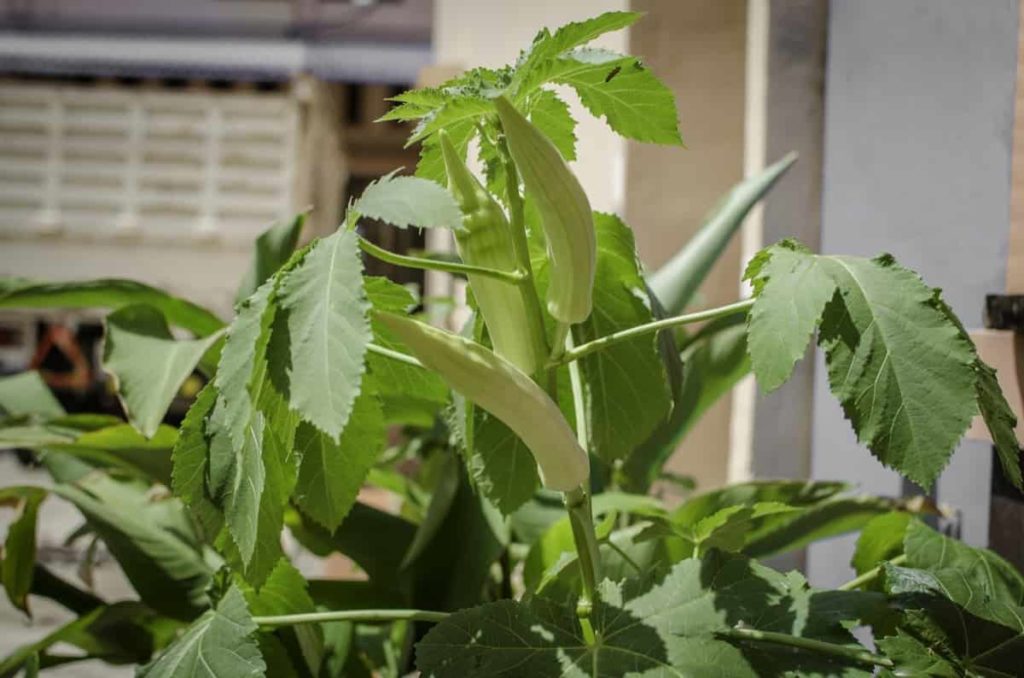
Native plants, on the other hand, are more able to adapt to their new surroundings than non-native ones. In extreme heat or wind, your plants will fare far better. Increase the presence of wildlife in your yard by placing feeders for birds and butterflies. You might enquire at a local nursery about native plants to narrow your options. There is less room for décor on a terrace if you have a lot of plants.
Trees and shrubs of lesser size, when grown in containers and protected from the wind by windbreaks, are ideal for terrace gardens. Plant 2–4 trees or plants to maximize space. Those plants with wide, flexible leaves tend to be torn apart by the strong winds in terrace gardens. The colder the weather, the more likely they will have winter burns. Terraces are a great place to grow vegetables and other small-leaved plants.
Prepare soil for terrace gardening
A good combination should have equal amounts of soil, sand and vermicompost. The kind of plants growing there influences the soil. Determine how much dirt to put in each pot based on the type of plants you’d want to cultivate. There are several nurseries where you may get this pre-mix, although the costs are cheap.
It’s preferable to purchase each component separately and then put them together afterward. The plant will grow and thrive normally and strongly if it properly nourishes the soil. Remember that most nutrients would be washed away when it is vital. These nutrients must be replenished and you should not use chemically treated soil. It also removes microorganisms that are good for you, and at the same time, those could be bad for you.
Water your terrace garden
To find a water source near the garden area, the following step is to hunt for one after selecting pots and containers and preparing the soil media. It is difficult to water the plants on the terrace since the jugs have to be carried up from the lower level. However, you can use a watering can to water garden plants without a faucet or pump.
Instead of sprinkling water on top of the soil, do so. For this reason, you must avoid watering the foliage. You need to use self-watering containers or pots if the balcony confronts the sun or is more exposed to the wind. Make sure that you add water-holding grains to your potted plants’ soil. They suck in water, then slowly expel it. This minimizes the amount of watering required.
Apply mulch to your rooftop garden. It prevents water from escaping. This is a quick and easy operation in a small garden, such as a balcony. Overlay the earth with a layer of mulch. Leaves, bark, and wood chips can all be used in place of the more traditional filler materials. Then, decorate with gravel and stones to make a statement.
The plants should not be watered more often than required. Determine the soil’s subsurface moisture. Only water the soil if it’s dry or mainly dry after probing it for two inches. You should do it before the sun to get the most out of your watering. Plants that have recently been planted or young should be watered often but sparingly.
Dry conditions of Karnataka are more likely to harm young plants as plants develop and water more frequently. You can reduce your watering frequency to every other day if you’ve been doing it every day in the past. Additionally, drink more water and make sure you do so often. This prevents the roots from deepening.
Cost
As your business grows, you may start on a small scale and work your way up by acquiring more plants, containers, and soil. The actual money may be made in hardscaping as well as building work that is done on the roof. The expenses associated with tiling or stoning a surface, building raised beds and boxes, installing lights and furniture, and carrying out activities of a similar kind may soon add up. In addition, additional structural work may be required to ensure their continued support for them.
Storage
Regarding gardening, you will need a substantial quantity of supplementary equipment, such as tools, fertilizer, compost, buckets, etc. Because rooftops often have a restricted area, it might be challenging to hide a storage spot there. Simply shelving is needed for this project. Some individuals who cultivate plants on terraces choose to cultivate them in tiny closets.
Best vegetables for Karnataka home gardens
bitter gourd, beetroots, beans, lettuce, zucchini, potato, spinach, radish, peas, eggplants, cucumbers, onion, okra, and other vegetables can be grown easily in Karnataka home gardens.
Best fruits for Karnataka home gardens
Papayas, guava, passion fruits, gooseberry, bananas, cantaloupes, currants, watermelons, pineapple, blueberry, and other fruits can be grown in the Karnataka home gardens.
In case you missed it: Toronto Backyard Gardening: How to Start with Vegetables, Flowers, and Herbs at Home in Canada
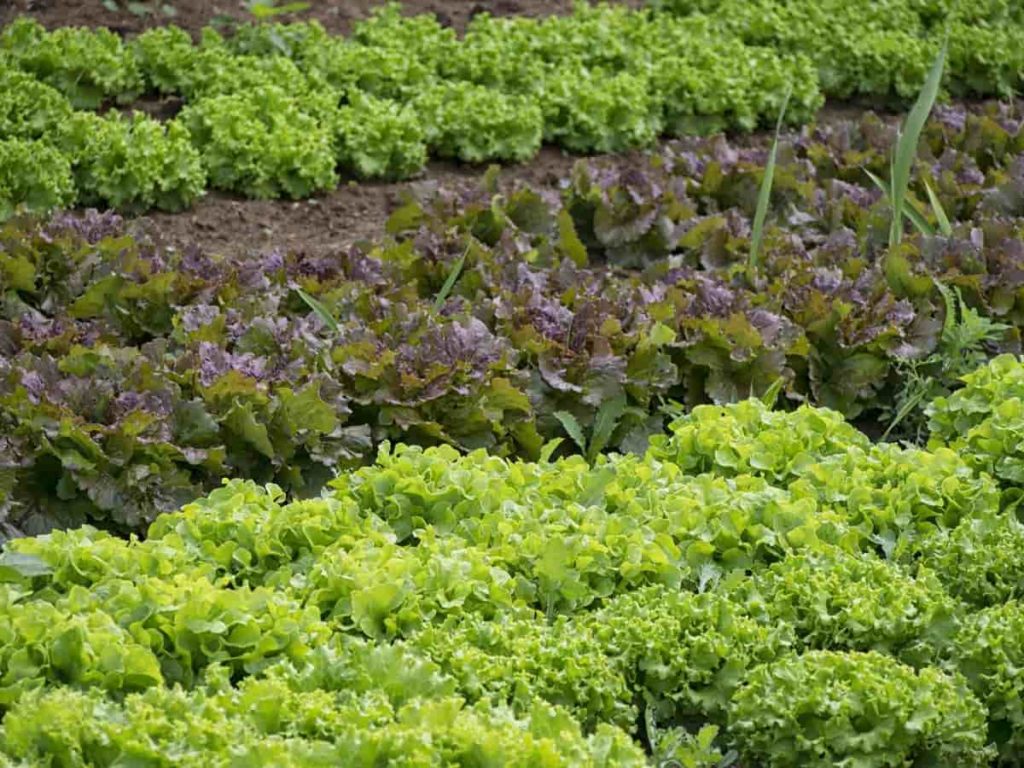
Best flowers for Karnataka home gardens
Marigolds, lilies, geraniums, gerberas, chrysanthemums, roses, begonias, and other flowers can be grown easily in the Karnataka home gardens.
Best herbs for Karnataka home gardens
Basil, mint, fennel, parsley, coriander, rosemary, oregano, and other herbs can be grown easily in the Karnataka home gardens.
Conclusion
Home gardens are the best options to grow food in Karnataka regions, whether terrace gardening, backyard, or balcony. You can grow various fruits, vegetables, flowers, and herbs to make the most out of your home garden. You can also choose ornamental plants for your backyard or terrace, making your house look more aesthetic.
- Gongura Seed Germination and Planting Methods
- Cabbage Seed Germination and Selection
- Broccoli Seed Germination and Selection
- Asparagus Seed Germination and Variety Selection
- Seasonal Flower Gardening: Best Practices for Spring, Summer, Fall, and Winter
- How to Grow Hibiscus from Flower
- Plantation Ideas for Home Decoration: A Beginners Guide
- Flower Garden Designs and Layouts for Beginners
- Planting and Spacing Techniques in Papaya: A Beginner’s Guide
- Growing Gold: Essential Techniques for Planting Pineapples
- How to Make Kalanchoe Plant Bushy: Home Remedies and Solutions
- 11 Reasons Why Your Gardenia is Not Blooming: Home Remedies and Solutions
- Eco Elegance: The Guide to Designing a Drought-Tolerant Landscape
- Gardening on a Slope: Strategies for Hillside Landscaping
- Nourish and Flourish: Top Organic Mulches for Thriving House Plants
- Everything You Want to Know about Indian Mogra Flower: Discover Uses and Growing
- Green Thumb Success: Expert Tips for Cultivating Greenhouse Pumpkins All Year Round
- Maximize Growth & Flavor: The Ultimate Guide to Companion Planting in Herb Gardens
- How to Control Rhododendron Problems Naturally: Home Remedies and Organic Ways to Fix Them
- Natural Magic: The Remarkable Benefits of Cinnamon for Plants
- Best Steps to Revive Dying Tulip with Natural and Organic Treatment
- 10 Reasons Why Your Angel Trumpet is Not Blooming: Remedies and Treatment
- How to Fix Periwinkle Leaf and Flower-Related Problems: Natural Remedies and Solutions
- How to Fix Zinnias Leaf and Flower Problems: Discover Natural and Home Remedies
- Organic Steps to Induce Lemon Tree Flowers: A Comprehensive Guide
- Bloom Booster: Crafting the Perfect Homemade Bougainvillea Fertilizer
- Optimizing Growth: A Guide to Applying NPK Fertilizer for Potted Plants
- 10 Best Homemade Fertilizers for Rubber Plant: DIY Recipes and Application Method
- How to Boost Female Pumpkin Flowers: Effective Steps for More Flowers and High Yields
- Transform Your Indoor Garden: Top Benefits of Pink Salt for Houseplants
- 10 Best Homemade Fertilizers for Peacock Plants (Calathea): Easy DIY Guide
- Unlock Blooms: 9 Reasons Why Your Potted Chrysanthemum is Not Blooming
- 8 Reasons Why Your Potted Hibiscus is Not Blooming: Fix it with Simple Solutions
- Unlock Blooms: 9 Key Reasons Your Potted Frangipani Won’t Flower
- 10 Reasons Why Is My Ice Plant Not Blooming: Remedies and Treatment
- 10 Reasons Why My Potted Hydrangea Not Blooming: Treatment and Remedies